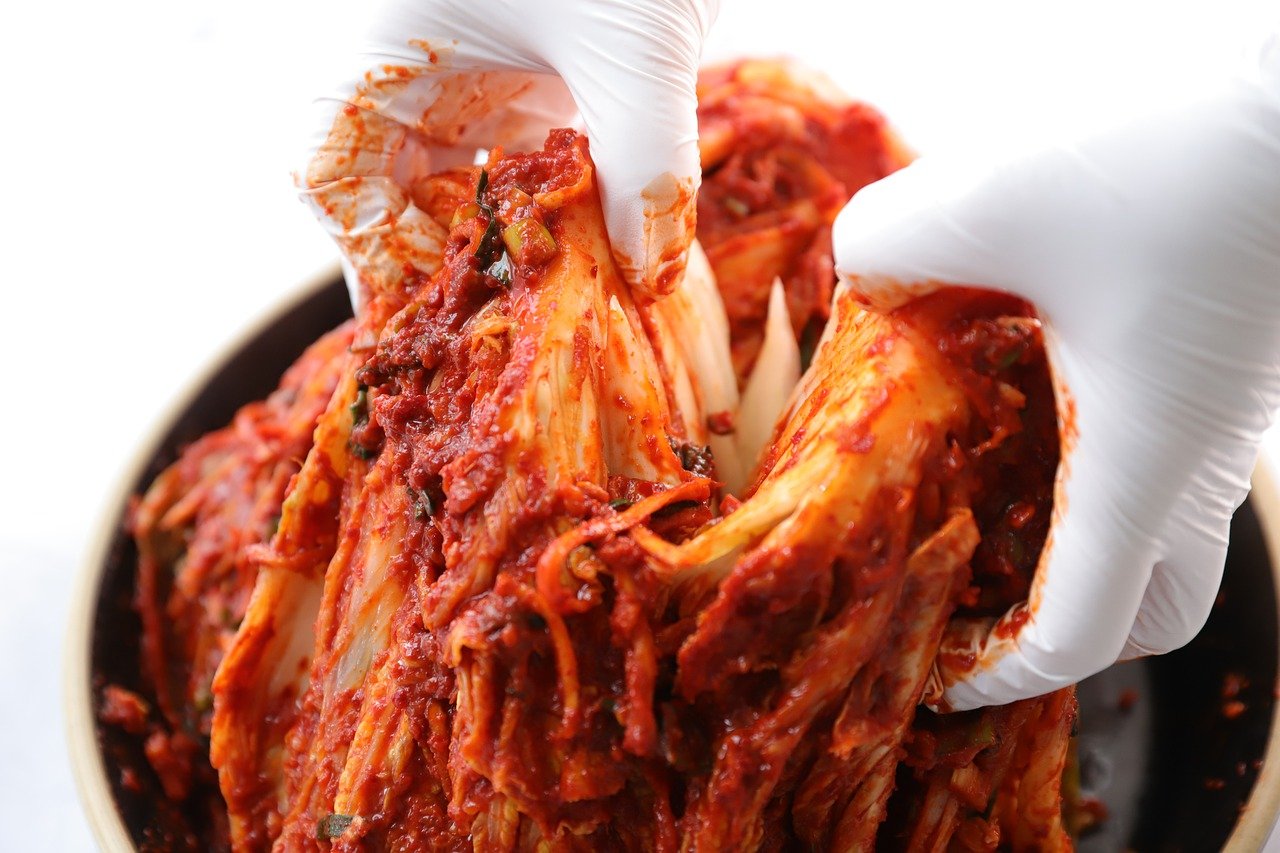
Pre-reading questions:
I will read each question. Then, please answer them.
- What types of ingredients are commonly used in traditional dishes from your country?
- Can you think of any foods that might be affected by climate change in your country?
Vocabulary:
I will read the words, meanings, and sample sentences. Then, repeat after me.
- threat /thret/
- mountainous /MOUN-tn-uhs/
- endanger /en-DEYN-jeyr/
- shrink /shringk/
- import /IM-pawrt/
[noun] – a situation or condition that poses a potential danger or harm
The security guard identified a threat in the building’s surveillance footage.
[adjective] – having many mountains or being characterized by mountains
They planned a hiking trip in the mountainous region of the national park.
[verb] – to put something at risk of harm or danger
The construction project endangers the habitat of several endangered species.
[verb] – to become smaller in size or amount
The number of participants in the event began to shrink as the deadline approached.
[noun] – goods or services brought into a country from abroad for sale
The country increased its imports of electronic devices to meet the growing demand.
Article reading:
Please read the whole article. Then, I will check your pronunciation and intonation.
South Korea’s traditional kimchi is under threat from climate change. Experts, farmers, and manufacturers report that rising temperatures are negatively affecting the quality and quantity of napa cabbage, the main ingredient in kimchi. Napa cabbage grows best in cooler climates and was typically planted in mountainous areas where summer temperatures stayed below 25°C. However, climate change is causing these temperatures to rise, which endangers the future of napa cabbage farming in South Korea.
According to plant pathologist Lee Young-gyu, napa cabbage prefers temperatures between 18 and 21°C. The higher temperatures are causing problems for both farmers and kimchi makers. While other vegetables like radish and cucumber can be used to make kimchi, cabbage-based kimchi remains the favorite. Kimchi Master Lee Ha-yeon explained that higher temperatures lead to poor cabbage quality, with the central part of the cabbage going bad and the roots becoming mushy. The Rural Development Administration forecasts that the area used for growing highland cabbage will shrink significantly in the next 25 years, from 3,995 hectares to just 44 hectares. The increase in kimchi imports from China and rising temperatures are adding to the problems. The South Korean government is working on climate-controlled storage and new crop varieties to address these issues.
According to plant pathologist Lee Young-gyu, napa cabbage prefers temperatures between 18 and 21°C. The higher temperatures are causing problems for both farmers and kimchi makers. While other vegetables like radish and cucumber can be used to make kimchi, cabbage-based kimchi remains the favorite. Kimchi Master Lee Ha-yeon explained that higher temperatures lead to poor cabbage quality, with the central part of the cabbage going bad and the roots becoming mushy. The Rural Development Administration forecasts that the area used for growing highland cabbage will shrink significantly in the next 25 years, from 3,995 hectares to just 44 hectares. The increase in kimchi imports from China and rising temperatures are adding to the problems. The South Korean government is working on climate-controlled storage and new crop varieties to address these issues.
Comprehension questions
I will read each question. Then, please answer them based on the article.
- What is the main ingredient in kimchi that is affected by climate change?
- What type of climate is best for growing napa cabbage?
- Why is napa cabbage farming in South Korea in danger?
- What are some vegetables that can be used to make kimchi besides napa cabbage?
- What are the South Korean government’s efforts to address the issues caused by climate change?
Discussion questions
I will read each question. Then, please answer them.
- Have you ever grown your own food or plants? If so, what challenges did you face, and how did you overcome them? If not, how do you think changes in the environment might affect people who grow their own food?
- Have you ever tasted a traditional food that has changed in quality or flavor over time? What was your reaction to the change? If not, what traditional food would you like to try?
- Do you agree that focusing on developing climate-controlled storage and new crop varieties is the most effective way to address the impact of climate change on traditional foods?
- What are some possible effects on South Korea’s food culture if napa cabbage quality continues to decline?
- What possible solutions could South Korean farmers explore to continue growing high-quality napa cabbage despite rising temperatures?